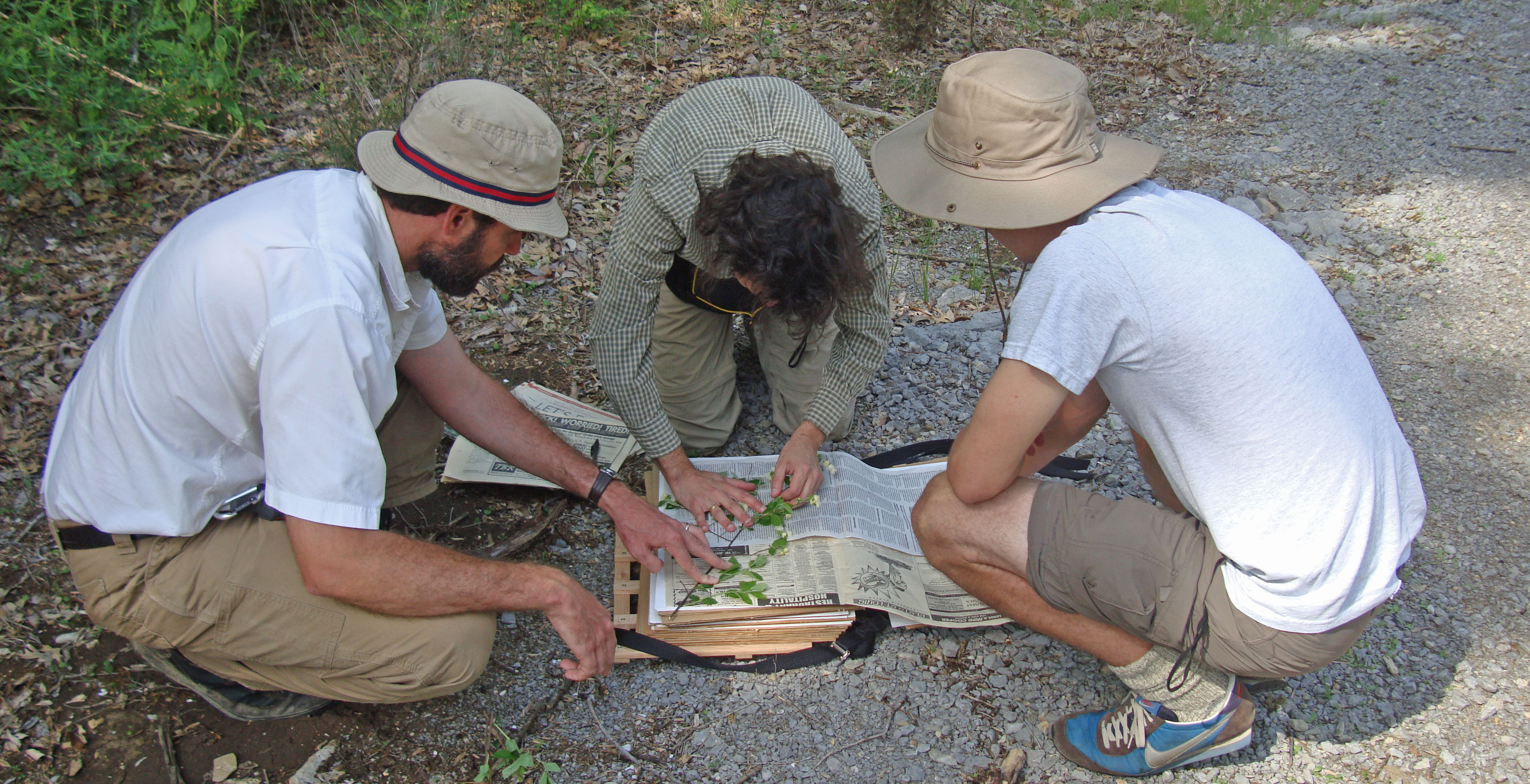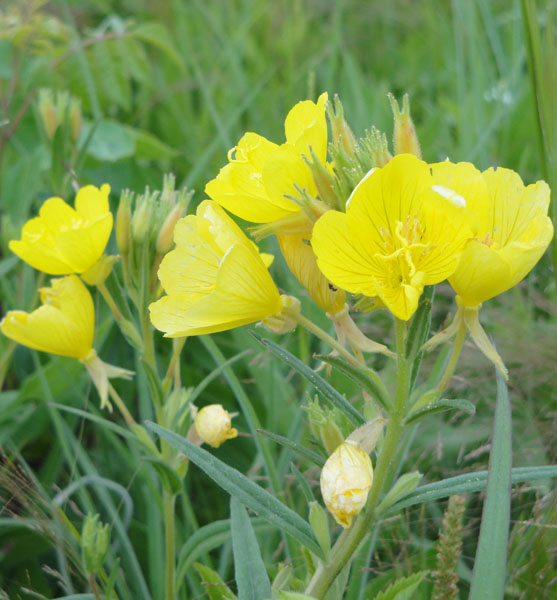
CCSD’s work in ex situ plant conservation centers on the preservation of rapidly dwindling plant diversity in various parts of the world, with particular emphasis on the flora of the Southeastern United States. Seed banking and other related ex situ conservation strategies involve storing plants away from their natural habitats as a support rather than a substitute for on-the-ground habitat preservation, restoration, and management. Frozen seed provides a safety net for species or populations in case they become extinct in the wild or before their habitats can be protected or restored. In turn, ex situ collections provide source material for reintroducing endangered species and restoring their natural habitats. CCSD’s ex situ conservation program focuses on two primary activities designed to achieve these goals:
1) The collection and storage (primarily as frozen seed) of rare plants of the Southeastern United States that are CCSD’s responsibility as a participating member in the Center for Plant Conservation (CPC), a coordinated conservation network of 39 botanical gardens and arboreta in the United States and Canada.
Collectively, the network maintains more than 800 of America’s most at-risk species in CPC’s National Collection of Endangered Plants, which is considered the largest documented ex situ collection of rare plants in the world. The CPC network gives priority to species that are imperiled, rapidly declining, currently not protected, or vulnerable to climate change. To collect and store high quality, well-documented, genetically representative samples of rare plants, CCSD maintains collaborative partnerships with government and nongovernmental agencies, universities, and community organizations. Descriptions of the 33 species under the care of the Missouri Botanical Garden for CPC’s National Collection of Endangered Plants appear below.
2) The experimental study of the effects of climate (e.g., temperature and precipitation) and other ecological factors (e.g., smoke, soil type, and photoperiod) on seed dormancy and germination.
A majority of temperate plant species have dormant seeds, many of which require a precise set of environmental conditions before they will germinate. Controlled experimentation by CCSD scientists has yielded a deeper understanding of how and when species germinate in a variety of different habitats in the Southeastern United States, including rock outcrops, fens, glades, and woodlands. In addition to providing new perspectives on the ecology and evolution of seed dormancy, this research has enabled CCSD scientists to develop protocols for germinating seeds of more than two dozen of the region’s most imperiled native plants for future restoration and recovery efforts.



MBG's National Collection of Endangered Plants:
Agalinis auriculata
Ageratina luciae-brauniae
Amorpha ouachitensis
Apios priceana
Arabis perstellata
Astragalus bibullatus
Boltonia decurrens
Calamagrostis porteri ssp. insperata
Calamovilfa arcuata
Callirhoe bushii
Castanea pumila var. ozarkensis
Claytonia ozarkensis – webpage in progress
Dalea foliosa
Echinacea tennesseensis
Elymus svensonii – webpage in progress
Geocarpon minimum
Helenium virginicum
Leavenworthia crassa – webpage in progress
Lesquerella filiformis
Lesquerella globosa
Lesquerella lyrata
Lesquerella perforata
Lesquerella stonensis
Mespilus canescens
Minuartia cumberlandensis
Neviusia alabamensis – webpage progress
Oenothera pilosella ssp. sessilis
Polymnia cossatotensis
Solidago albopilosa
Solidago ouachitensis
Solidago shortii
Trifolium calcaricum ssp. nov. ined. – webpage progress
Trifolium stoloniferum